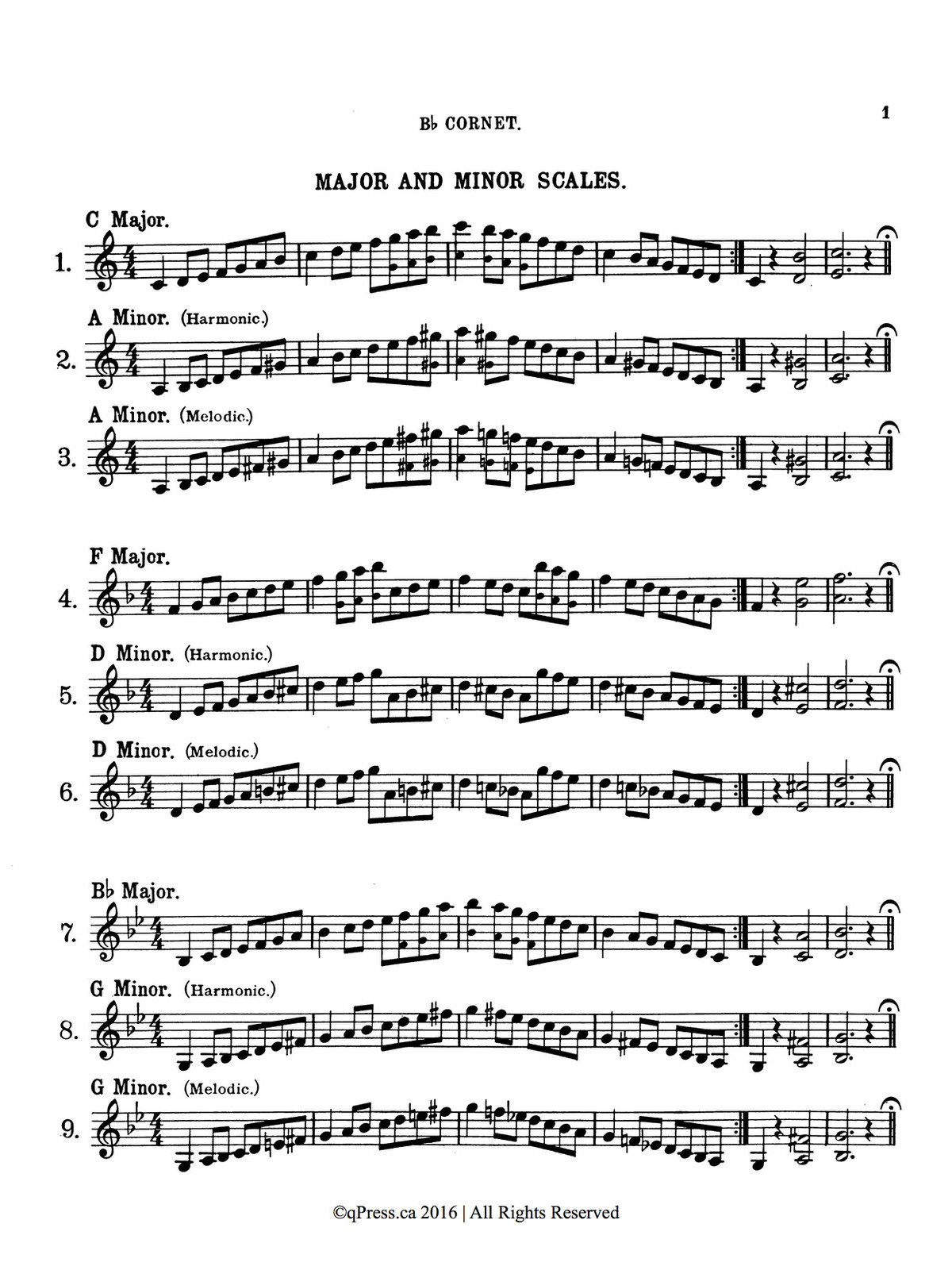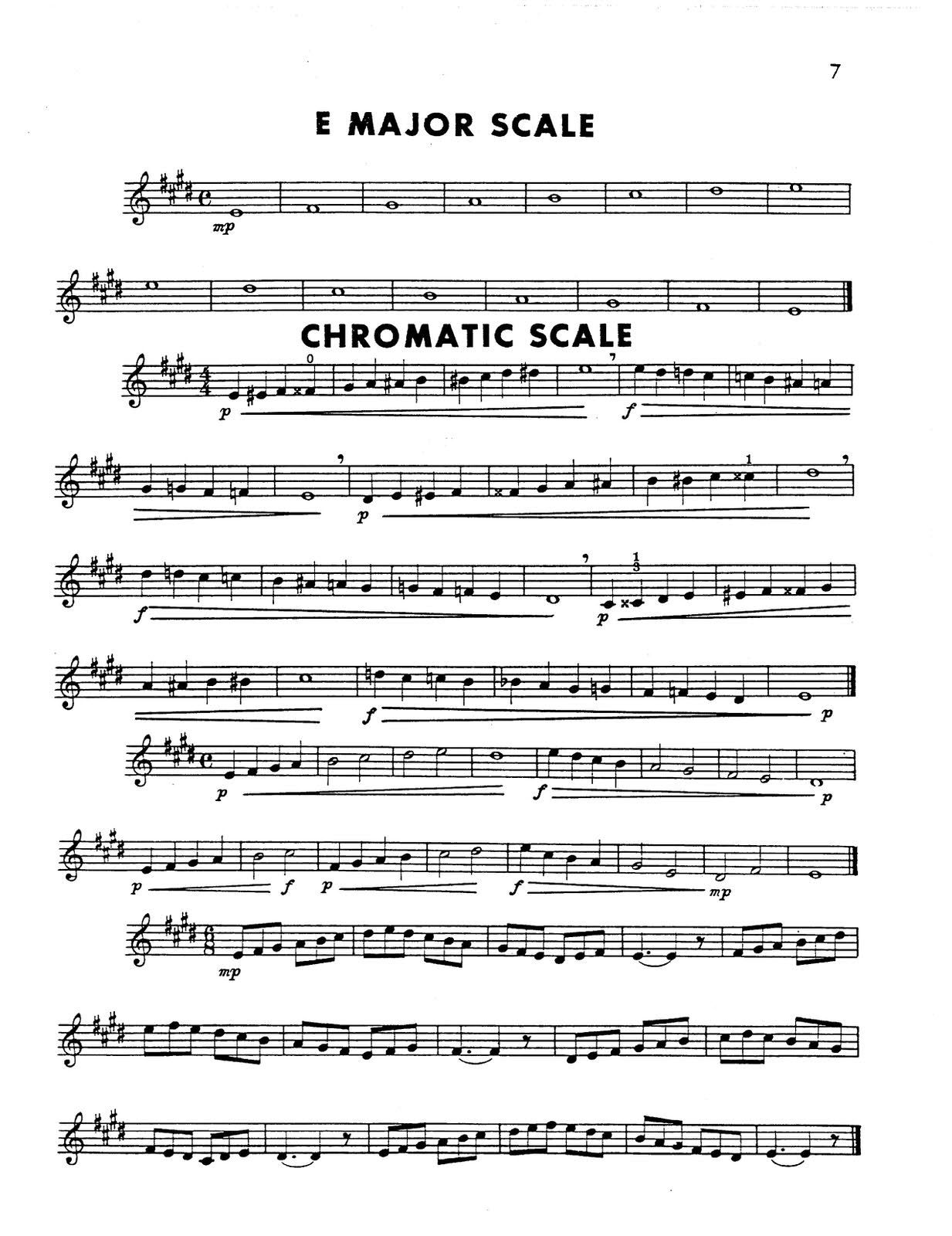

The detachable bell was originally nothing more than a slightly conical funnel. This development took place over a matter of decades and was achieved by the use of semi-circular pieces of tubing. The former instrument led to the development of horns, the latter to that of trumpets.įrom 1400 onward the straight tube began to change, first to an S-shape and then to the double coiled form which is still found today. The busine first appeared in southern Italy, in two different forms: one had a conical, curved tube, the other a straight, cylindrical one.

It was then that the forerunner of all modern brass instruments first emerged: the busine (from the Roman bucina). The beginnings of the modern trumpet in Europe can be traced back to the 11th century. History 1 - early to baroque The Middle Ages - from the straight trumpet to the coiled form Along with the rotary valve, this is the most widely used brass instrument valve today.

Patented in Paris in 1838 by François Périnet as a further development of the piston valve that was first presented by Heinrich Stölzel in Berlin in 1814. Périnet valves are also favored by jazz musicians. Whereas the rotary valve unit is preferred in German-speaking countries, the Périnet system is used in France, England, the USA, Belgium and the Netherlands. With the rotary valve unit it is the most commonly used system world-wide. Périnet systemĪ valve system for brass instruments based on the Périnet valves patented by François Périnet in Paris in 1838. The Périnet system is preferred above all in France, England, the USA, Belgium and the Netherlands. Since the cylinder system is mainly used in German-speaking countries, it is often referred to as the German system. Today, along with the Périnet or pump valve, it is the most commonly used system for brass instruments worldwide. This valve was developed in Vienna by Joseph Riedl in 1835 and is now the most commonly used valve on brass instruments along with the Périnet or piston valve. Lower-pitched instruments, on which the fundamental (1st harmonic) speaks well and is used, have a fourth valve, which lowers the fundamental by 2.5 notes to compensate for the gap between the 1st and 2nd harmonics.
#CHROMATIC SCALE TRUMPET FULL#
The valves therefore fill the gaps in the natural harmonic series and a full chromatic scale can be played. Valved brass instruments (horn, trumpet, cornet, tuba, cimbasso) generally have three valves which lengthen the instrument`s tube and thus make it possible to lower the pitch (by 1, 0.5, 1.5 notes). By activating a valve the air flow is redirected into an additional piece of tubing. Valves ValveĪ mechanism for increasing the tube length of brass instruments which has been used since 1814 on the horn and 1820 on the trumpet. (With Périnet valve systems the main slide is situated before the valves, with rotary valve systems behind them.) The trombone`s fundamental is lowered by a diminished fifth (from Bb2 to E2) when the tuning slide is completely extruded. Today, an improved version of the slide is found on valve instruments.īy extruding the tuning slide the tuning of trumpets can be lowered up to a half tone. It was first used in 1781 on the Waldhorn. An extendible, usually U-shaped additional piece of tubing for the correction of brass instruments' tuning. The French model has also been widely accepted in jazz.Īlso: main slide. In the rest of the world the French model with the Perinet system of piston valves and a narrower bore is far more common indeed, in France and America it is practically the only model used. The German concert trumpet is used mainly in German, Austrian and eastern European orchestras.

Bore: Narrow, inner diameter 10.4-11 mm.Tubing: Length 65-72 cm, predominantly cylindrical coiled form "A" tube (transposition to A).Mouthpiece: Small cup-shaped mouthpiece.Material: Brass (tubing), gold brass (leadpipe).Classification: Aerophone, brass wind instrument.


 0 kommentar(er)
0 kommentar(er)
